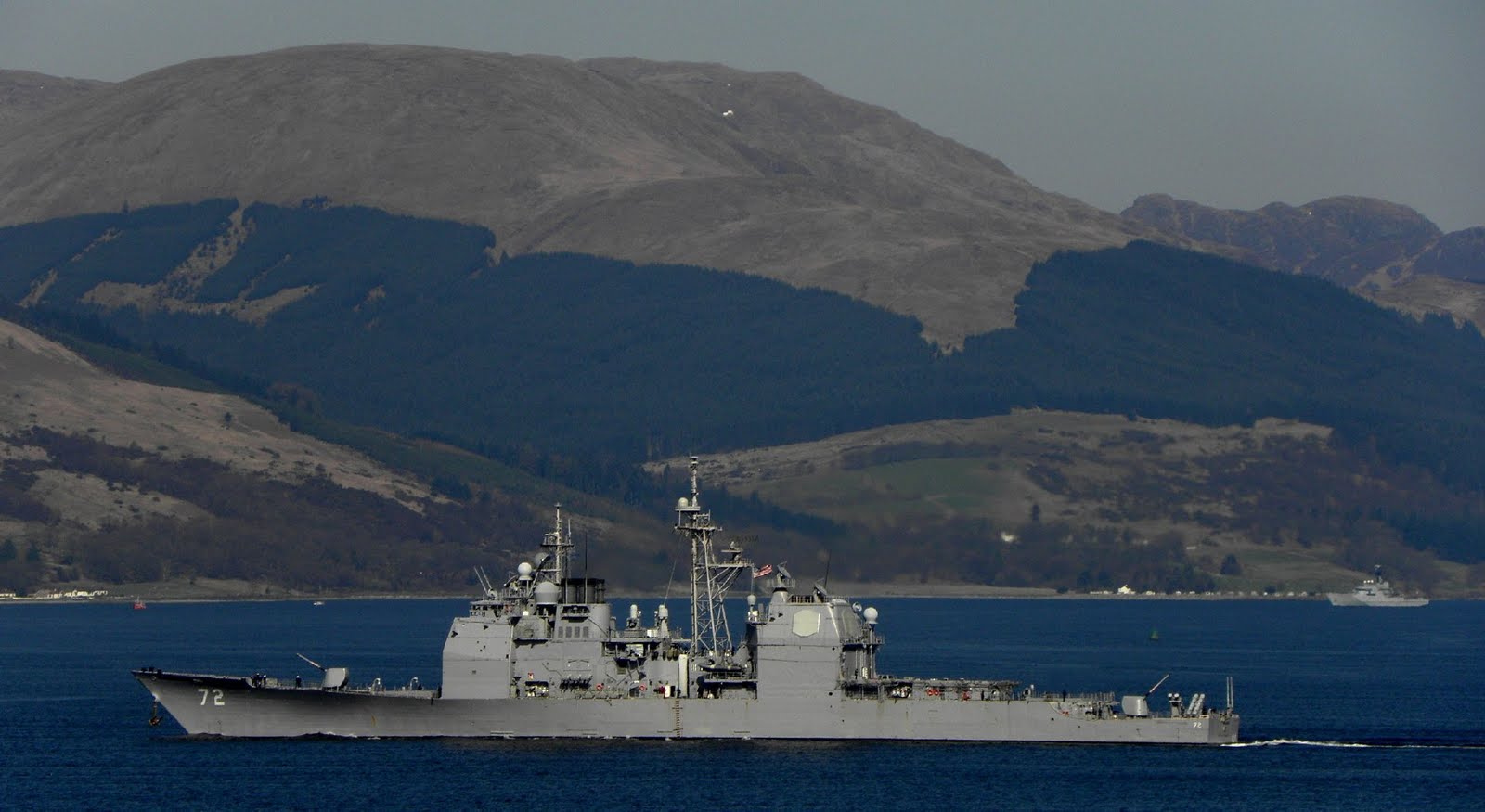
The Ticonderoga-class guided-missile cruiser USS Vella Gulf (CG 72)
The Ticonderoga-class guided-missile cruiser USS Vella Gulf (CG 72) has entered the Black Sea on August 6.
"Vella Gulf's mission is to improve interoperability and work toward mutual goals, demonstrating the United States' commitment to strengthening the collective security of NATO allies and partners in the region," reads the statement of the Commander of U.S. Naval Forces Europe-Africa/U.S. 6th Fleet.
Vella Gulf, homeported in Norfolk, Va., is deployed in a multi-mission role in the U.S. 6th Fleet area of operations to contribute to regional maritime security, conduct bilateral and multilateral training missions, and to support NATO operations and deployments throughout the region.
U.S. 6th Fleet, headquartered in Naples, Italy, conducts the full spectrum of joint and naval operations, often in concert with allied, joint, and interagency partners, in order to advance U.S. national interests and security and stability in Europe and Africa.
“The US Navy's forward presence in Europe allows us to work with our allies and partners to develop and improve ready maritime forces capable of maintaining regional security,” the statement reads.

The multi-mission cruiser Vella Gulf is 173 meters long, carries up to 400 crewmembers aboard and can achieve a speed of over 30 knots. The vessel’s weapons include SM-2 surface-to-air missiles, Harpoon anti-ship missiles, Tomahawk cruise missiles, torpedoes, Phalanx Close-in Weapons Systems for self-defense against aircraft and missiles, and five-inch, rapid fire guns.
It’s not the first time this year that Vella Gulf is sent on a mission in the Black Sea. It was moored in the port of Constanta, Romania from late May till mid-June.
In July, the US missile cruiser spent a week in the Black Sea, joining six other vessels for NATO’s naval drills.
Montreux Convention, a US-authorized treaty from 1936, bars outside countries from keeping warships in the Black Sea for more than 21 days.
Despite the limits set by the convention, NATO has managed to increase its presence in the region in the wake of the Ukrainian crisis by constantly rotating warships there. Moscow sees this as the NATO military alliance’s muscle-flexing in its backyard.
As part of the NATO build-up at the Russian border, the alliances warships have also intensified patrols in the Baltic Sea, and jet fighters have likewise stepped up their air patrols.
Thousands of NATO troops held exercises in Latvia in June.
In July, NATO’s Europe commander General Philip Breedlove, presented the idea of stockpiling a base in Poland with enough weapons, ammunition and other supplies to support, if needed, a rapid deployment of thousands of troops against Russia.

No comments:
Post a Comment